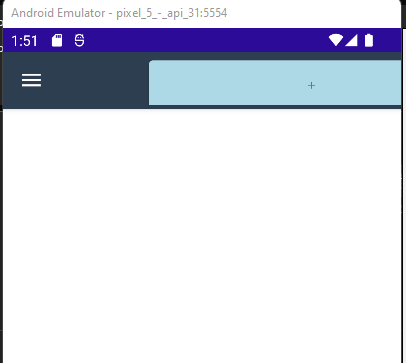As the question states I am trying to add a toolbar item/button to shell for adding a database item. Normally in Xamarin forms I was able to add a toolbar item with
<ContentPage.ToolbarItems>
<ToolbarItem Text="Add"
Clicked="AddItem_Clicked"/>
</ContentPage.ToolbarItems>
But I have not figured out how to make this work in .net maui, does anyone have any insight on this? So far I have a shell with flyout menu but I would like to add an "Add" button to the top right corner.
If there was a way to do this on the Shell menu that would be more preferred than the page level but either would be great.
Edit: I was able to get it working with help from the first comment below but I am unable to make adjustments to button width or have it in a stacklayout, so code looks like:
<Shell.TitleView>
<Button Text="+" Clicked="AddItem_Clicked" BackgroundColor="LightBlue" MaximumWidthRequest="20" WidthRequest="20"></Button>
</Shell.TitleView>
Adding a stacklayout around the button makes it not show up anymore. Also this does not work on Windows build as nothing shows up.

